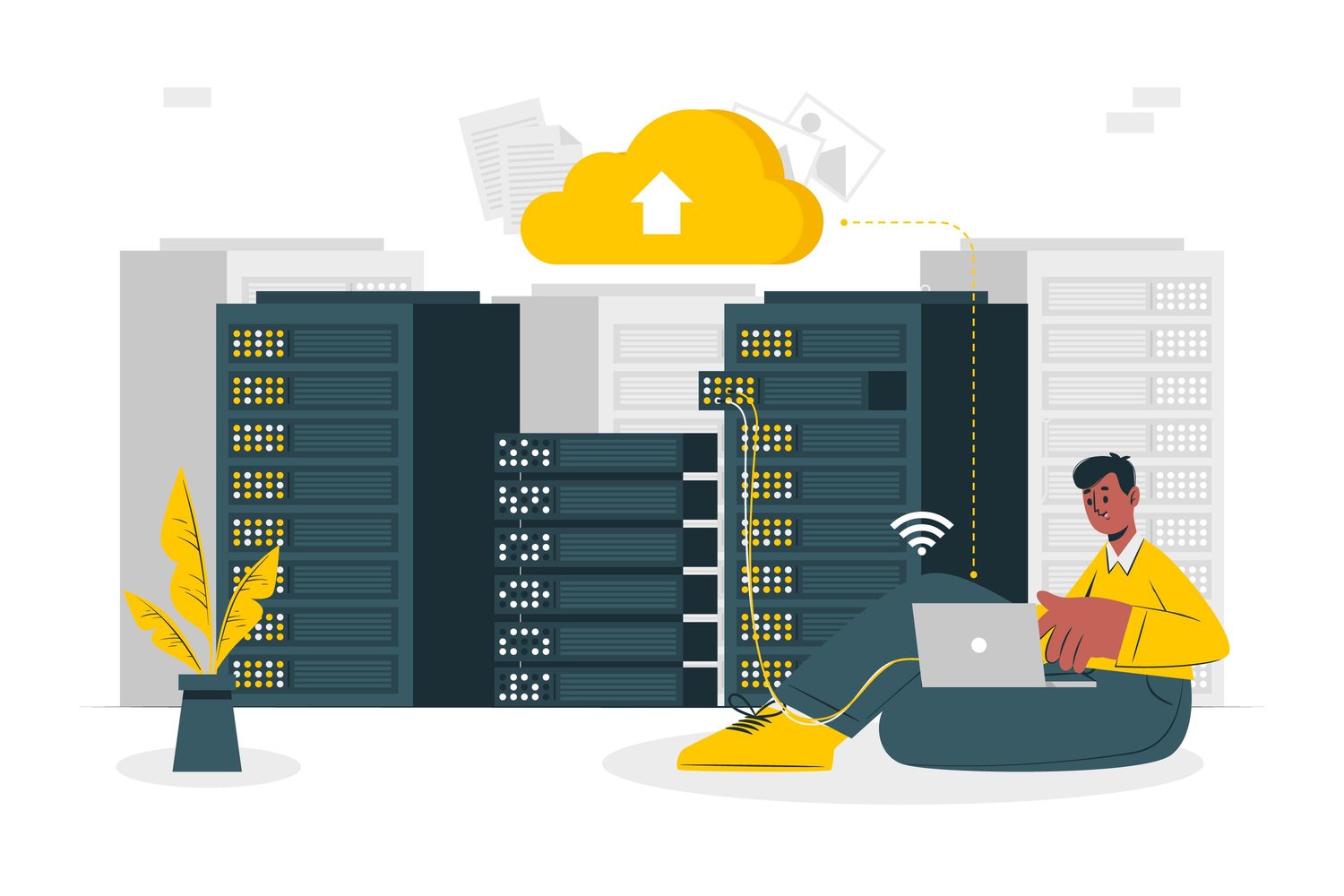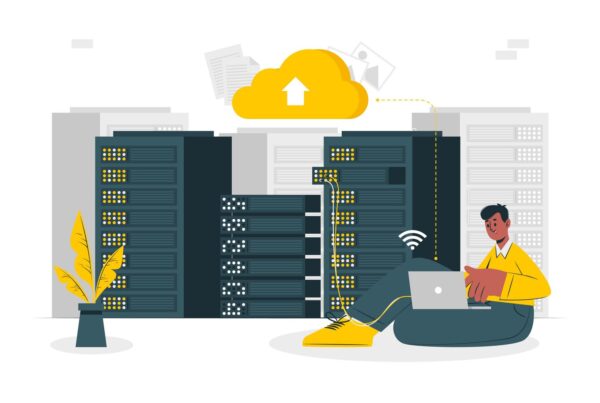Web hosting, or hosting your personal website, requires sound knowledge in the field of technology and networks system. People who are ambitious and would like to pursue this field of interest are also keen to host their website all by themselves. If you are interested, not intimidated, by settings and network configuration, you can do this job yourself. If you have the confidence and zeal to manage and upkeep the administration sever, there are several options for software that will help you to build your host server.
To build your web hosting server, you may use any of the programs like Internet Information Server (used for Microsoft Windows platform), Google Web Server, Tux Web Server and Apache (runs on Unix and Linux versions).
Building Web Server for Microsoft Windows
Microsoft Windows Server is the most commonly used server today. To begin, you have to install the operating system on your computer, which will play the role of web hosting server.
Once the software has been installed, you need to configure your server with some basic networking settings. You have to change the IP address to use an IP of your choice. This can be done easily through keyboard options following a few steps.
First you must go to the computer’s Control Panel ->Network Settings ->Right-click the choice of network connection and click on Properties ->Double-click on your chosen Internet Protocol version ->Go to the tab “General” ->Choose “Use the following IP” option ->Change IP address.
Next step, you have to install the IIS(Internet Information Server) web host files on your computer. There are simple: Go to the Start Menu ->Server Manager” ->Add Roles-> Web Server.
In the following step you must finalize the setup of the web server you have chosen. You may want to make sure that the server has been configured with an appropriate IP address. Whilst this isn’t an issue for most web servers that have been conferred with one IP, it is only a concern for multi-homing.
Building Web Server for Linux
Install the Linux operating system on your computer, which will be the web host server.
Configure the basic network settings. As Linux is a graphical interface, there are different versions of this operating system. You may even like to configure network settings through command line. You must follow a certain format for entering the address information so that it works fine.
Next, you need to download your latest range of Apache RPM version of installer file, which is easily available at the Linux official website. A unique package management system, RPM will simplify the process of installing Linux and related application files.
Finally, you can install your Apache web hosting server and all related files on your computer. To do this, you must run a command, which isn’t a difficult step. Once the command runs, Apache files will be installed in your computer and your web hosting server will be ready for use in no time.
Words of Caution
When choosing a computer for host server, make sure you have factored in the total number of users who will be using the server simultaneously. Remember, the more number of users, the greater performance demands. Also, you must consider the operating system to be installed with respect to the hardware requirements.








